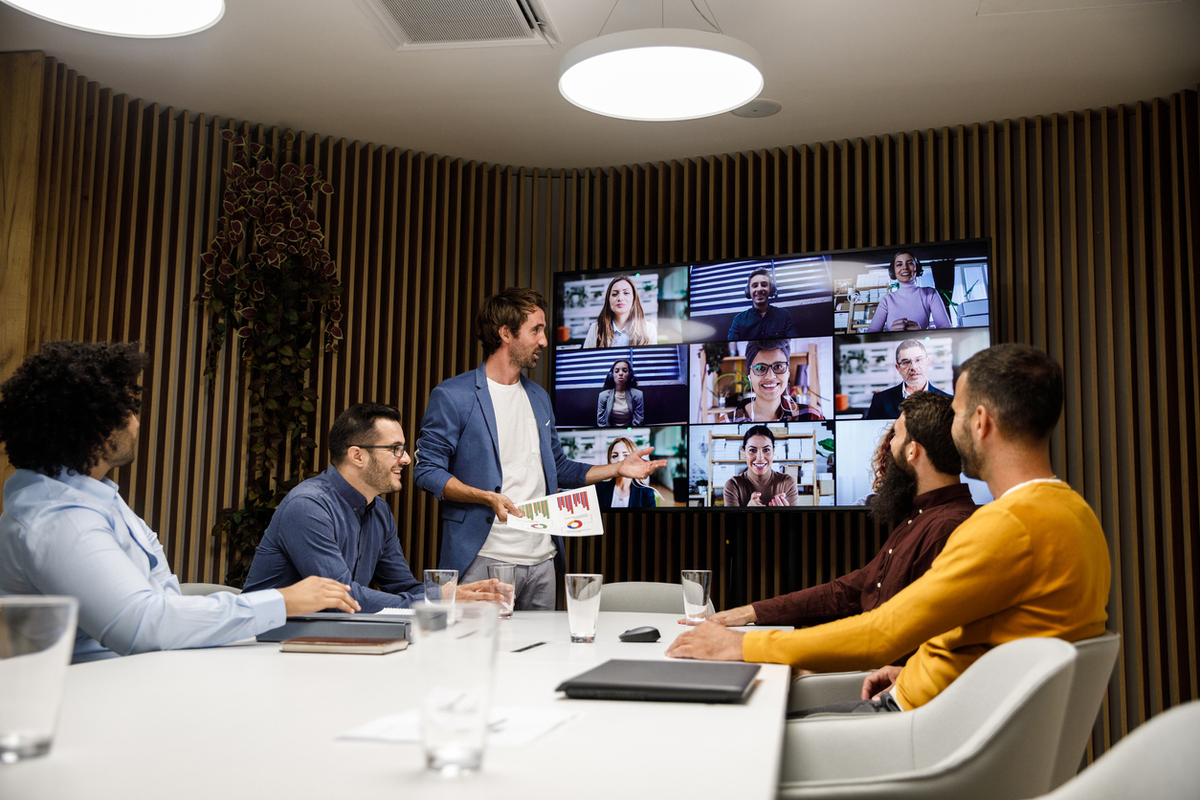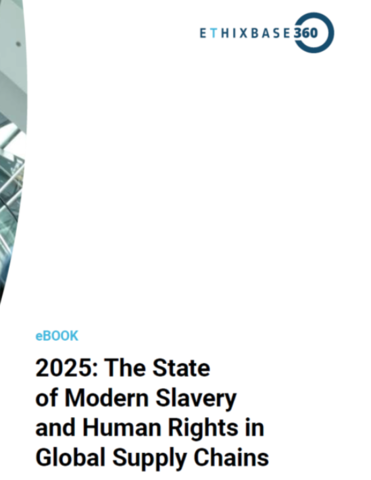Getting your people more engaged in hybrid work meetings
Sponsored by Crestron
In late 2022 Crestron, a global leader in tech solutions, undertook a research project that was summed up in a report, Tackling the Modern Workplace by the Numbers. The report’s key findings revealed that the hybrid work model, with its mix of in-person and remote employees (or students, teachers, clients and so on), had become a global fixture in business, education and government applications.
It also revealed that this “hybrid permanence” brought with it certain challenges, not least of which was employee engagement.
“At the beginning of the pandemic, there was a mad rush to get everyone connected,” says Sam Kennedy, Crestron’s senior director of product marketing. Cameras and mics were stuck to walls without much regard for audio or image quality, and remote workers often resorted to company-paid DIY solutions they could order online.
As lockdowns waned and more and more people returned to the office, it became clear that this hodgepodge approach wasn’t yielding the necessary results. Disengaged collaborators simply aren’t productive.
As the report noted in its key findings:
- There’s room for improvement in current collaborative technologies offered to employees, and signs show that IT teams are taking steps to invest and experiment with new technologies such as intelligent video.
- Physical workplaces must change to encourage hybrid collaboration and create equity between colleagues.
Working towards more equitable meetings
The report aligned with other research that revealed that both remote workers and their in-person counterparts felt disengaged from one another. Many of the “quick and dirty” videoconferencing solutions put in place during the pandemic didn’t give collaborators a full picture of their peers: the subtleties of gesture and expression, the nuance and nonverbal cues that humans naturally bring to collaborative efforts were being lost in the digital translation.
Fixing those issues is paramount, as Crestron’s Director of Product Marketing Lauren Simmen explained on the Crestron blog. “The key to a great remote meeting experience starts in the room where the in-person attendees are seated, believe it or not,” says Simmen. “We’ve all seen remote workers disengage from a meeting because they don’t feel connected to the entire conversation,” she adds.
When a remote worker is presented with what’s best described as a “view down a bowling alley”, with a single camera perched at one end of a conference table, that disengagement is bound to occur.
“When you’re remote, it can be really difficult to see everyone at that table, to read body language, to see those non-verbal cues that are so important — those very things help you understand when it’s the right time for you to offer an interjection,” Simmen explains.
The same kind of engagement issues hold for in-person attendees: if one can’t see their remote counterparts, that meeting will be less than effective.
The challenges of the split schedule
Hybrid work means just that: there are vast numbers of employees who spend part of their time working at home and the balance working in person.
This means that it’s imperative that the work experience be consistent, no matter an individual’s location.
The point was driven home in a keynote address at the Digital Workplace Experience Summit, hosted by Reworked. How do we match the remote work experience when a hybrid employee comes to the office for critical in-person collaborations? How do we “make the commute worth it?”
Kennedy suggests that, primarily, there’s an employee perception that needs to be understood by those facing that issue: “Work’s a thing I do, not a place I go.”
That concept informs what’s at the heart of making the hybrid workplace, well, work. “We have to provide a frictionless experience for the employee that comes into the office,” Kennedy notes. “We have to provide them with a one-touch ‘join-meeting’ solution, whether they’re remote or attending a meeting in person.”
The answer in a single package
What’s needed are intelligent video solutions that are both effective and easy to use. To that end, Crestron developed a multiple camera system that tracks individual speakers as they contribute to a meeting: the Automate VX™ voice-activated speaker tracking solution.
Automate VX technology employs multiple optical zoom cameras and voice-activated switching to ensure remote participants enjoy a clear, crisp view of everyone in the room, and in-person participants never have to think about where to look to follow the conversation.
Intelligent video solutions such as Automate VX technology deliver what’s called “equal pixel real estate” that is, every collaborator can view both in-person and remote individuals in an equitable fashion, keeping everyone in the meeting engaged.
The specific benefits of the Automate VX solution include:
- Hands-free, automatic operation: Driven by intelligent video software, the system takes info from in-room microphones, directs a camera to focus on whoever’s speaking, and automatically switches to that camera.
- Optical zoom cameras that provide a better image than digital zoom: Optical zoom functions use the lens to magnify an image, improving its sharpness. (Digital zoom features enlarge and crop the image, reducing its clarity.)
- The ability to capture critical non-verbal cues: Those optical zoom cameras provide framed, close-up images of the active speaker so remote participants can see every gesture and facial expression.
- A comprehensive view of the room: The solution can include a wider look at the entire meeting space to help remote collaborators understand the context of the space and the participants’ reactions during a videoconferencing session.
- A broadcast-quality experience: Dynamic camera-switching and customisable composition functions provide multiple camera angles.
- Platform-agnostic flexibility: The Automate VX solution is certified for Microsoft Teams® software and supports Zoom Rooms® software – or any other conferencing platform.
The result is the most natural-seeming environment for everyone in a hybrid meeting, which generates increased engagement and decreased “screen fatigue”.
“The goal is to minimise the extra emotional and physical toll it takes on an individual to compensate for the unnaturalness of the environment,” says Lauren Simmen. “And Automate VX does just that.”
To access a world of data that can help IT teams and specifiers understand the challenges presented by the hybrid work environment – and turn those challenges into opportunities – download the Tackling the Modern Workplace by the Numbers report
By Sam Kennedy, Senior Director, Product Marketing, Crestron

Business Reporter Team
Most Viewed
Winston House, 3rd Floor, Units 306-309, 2-4 Dollis Park, London, N3 1HF
23-29 Hendon Lane, London, N3 1RT
020 8349 4363
© 2024, Lyonsdown Limited. Business Reporter® is a registered trademark of Lyonsdown Ltd. VAT registration number: 830519543





